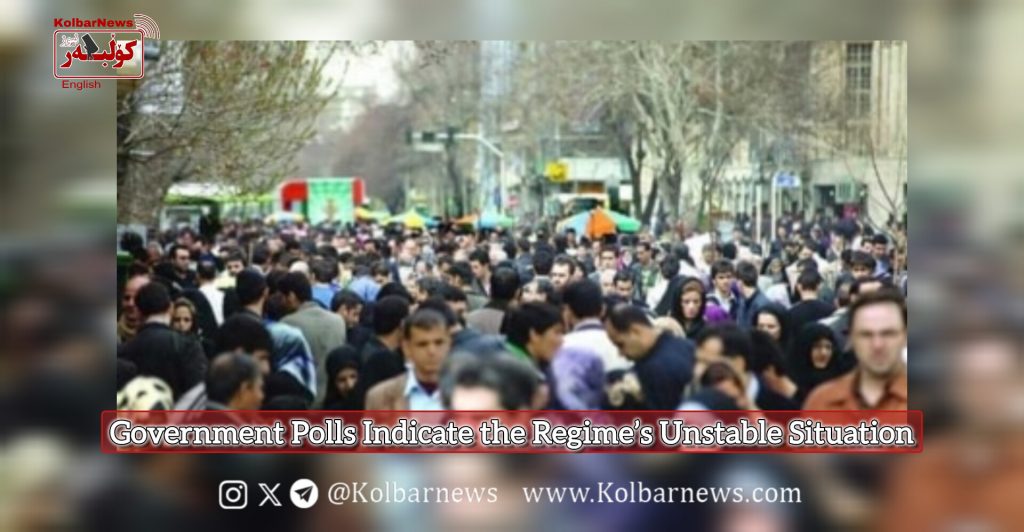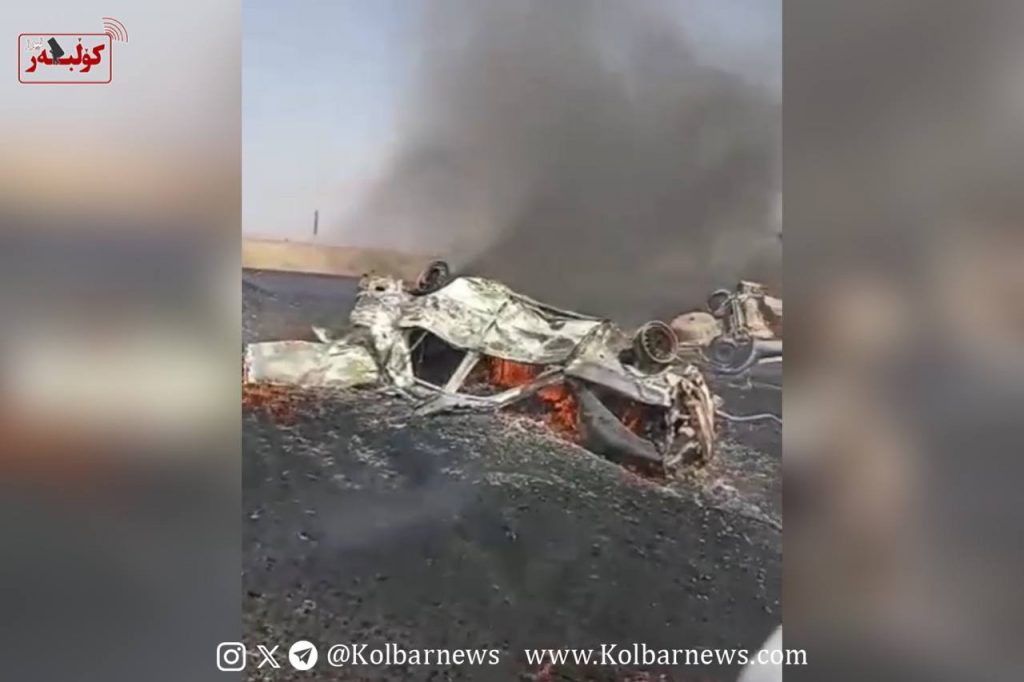
The “Office of National Projects” recently published a governmental survey titled “Fourth Wave of the National Survey on Iranian Values and Attitudes” just a week before the second anniversary of the revolutionary uprising, “Women, Life, Freedom.” This survey, released on Sunday, September 8, 2024, reportedly involved responses from over 15,000 participants. While the survey likely underwent significant censorship, it still reveals some undeniable realities.
In the section on “Social Issues and Harms,” respondents pointed to major concerns such as the lack of security for property, the general feeling of insecurity in cities, and the overall unsafe conditions in Iran. More specifically, participants expressed their dissatisfaction with rampant inflation, unemployment, addiction, the hijab issue, marriage difficulties for the youth, water shortages, air pollution, dust storms, and widespread administrative and economic corruption. Approximately 92% of respondents expressed dissatisfaction with the current situation. The survey also claimed that a majority believed reforms could improve conditions, while a smaller portion expressed satisfaction. Women and residents of provinces like West Azerbaijan and Kurdistan were particularly vocal in their dissatisfaction.
Despite the grim findings, pro-regime reformist experts have attempted to misinterpret the data, claiming that most people still support the foundations of the system and are merely seeking reforms. This is despite the fact that the results of the recent engineered elections show otherwise. Even the authorities who orchestrated the elections struggled to present a narrative that most people support the regime.
According to a Reuters report before the most recent presidential election, polling institutions informed top officials, including Supreme Leader Khamenei, that only 13% of citizens were expected to vote. Beyond such reports, the true measure of public dissatisfaction can be seen in the mass uprisings of recent years. Genuine public sentiment was evident in the protests of 2009, December 2017, November 2019, and especially during the “Zhina” revolutionary uprising. In these instances, millions of people expressed their deep hatred for the Islamic Republic.
Iranians blame the Islamic Republic and its supreme leader, Khamenei, for the country’s suffering, a sentiment clearly reflected in the slogans of the Zhina uprising. The rallying cry of “Women, Life, Freedom” was a direct attack on the oppressive, misogynistic, and authoritarian nature of the regime.
The release of this survey, just before the two-year anniversary of the Zhina uprising, seems intended to instill hope in the public that reforms within the regime are possible. The recent public acknowledgment of the dire situation by officials on state TV, including MP Masoud Pezeshkian, appears to be part of this strategy. However, such tactics come at a time when freedom movements and civil protests have made life increasingly difficult for the regime. The Islamic Republic, which is on the brink of collapse, understands that its survival depends not on admitting to the crisis but on intensifying repression. However, with the public’s fear largely diminished, the regime’s repressive tactics are losing their effectiveness, signaling that the end of the Islamic Republic may be near.

